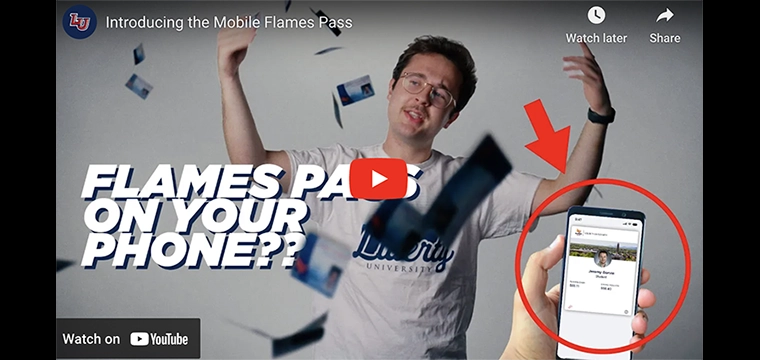
When it comes to today’s ID card, there is often more than meets the eye. That is because more and more card issuers are turning to visual security elements (VSE) to deter counterfeiting and facilitate card authentication. Elements ranging from micro-printing to holography and morphing imagery to custom laminates are making it increasingly difficult for the bad guys to fake your ID.
Because there are many VSEs and a variety of names for each applied by different suppliers, categorization is helpful. To begin, each VSE can be categorized as either ‘overt’ or ‘covert.’ Then it is helpful to further categorize based on the point in the issuance cycle in which the VSE occurs: pre-issuance or at-issuance.
Overt versus covert VSEs
An overt VSE is used to deter counterfeiting and enable easy card authentication using the naked eye. The most basic overt security element is quality color imaging on the card. This basic process makes a card more difficult to counterfeit but with the advent of low-cost, high quality imaging systems, this is simply not sufficient anymore. More advanced overt VSEs include foil stamps, holograms, and custom overlays (laminates or overlaminates). These techniques are overt because they are obvious to would-be counterfeiters and serve to deter based on the challenge of reproducing these complex items.
A covert security element also functions to deter counterfeiting but is even better suited to enabling accurate card authentication. Covert VSEs are not meant to be obvious but rather hidden from the untrained eye. Covert VSEs include micro-printing (visible only via magnification), hidden UV printing (visible only under an ultra-violet light source), and even purposeful errors (such as a specifically placed typo in a background image).
Pre-issuance versus at-issuance VSEs
Another helpful distinction between VSEs is the point in the issuance cycle in which they occur. Pre-issuance elements occur during the card’s construction and are typically enacted by the card manufacturer. Pre-issuance VSEs include techniques such as embedded holography (placed in the blank plastic card stock) and embedded lithographic printing.
Other VSEs can be enacted at the point of issuance. These ‘at issuance’ techniques typically occur when the unfinished plastic is personalized for the individual cardholder. In other words, they occur inside your card printing system. Many of these elements are built into a laminate or overlaminate that is applied to the card. These can include virtually every technique described in this article as the laminate is created by sophisticated machinery and only applied by an on-site issuance system. Micro-printing, holography, hidden printing, and a host of other options are available. Additionally, foil stamps and adhesive holograms can be applied by hand after the card has been imaged. These inexpensive options add security as they become unusable if removed, rendering both the valid card and any counterfeited card visually apparent.
Selecting VSEs that match your environment and needs
As you can see, there is a wide range of options to help you visually secure a credential. How do you choose what is right for your situation? This is a decision that must be weighed on the ever-present security scale that evaluates the cost versus the acceptable risk. Each VSE adds cost to your issuance and each also alleviates some component of risk. The assets (e.g. people, facilities, intellectual property) you are securing via your card are, in some manner, proportional to the level of risk you are willing to accept.
To achieve the highest possible levels of protection, multiple VSEs can be layered on the card. For example, an overt pre-issuance technique like an embedded hologram can be layered along with an overlaminate that is added at-issuance. Overlaminates frequently contain multiple VSEs such as holograms, micro-printing, and more.
Of course, the techniques described in this article are not the only visual security elements available in the market. Different techniques are constantly in development and cost effective approaches continue to come from progressive suppliers.
Remember that even a small investment in a basic visual security element can greatly enhance your card’s anti-counterfeiting potential. Even an at-issuance, overt VSE like a stick-on foil stamp requires a would-be fraudster to create, purchase, or steal a matching stamp. And it will often be enough to steer him away from your card. Consider employing a VSE with your next card order.
Additional resources:
For a terrific resource on visual security techniques, download the document “Visual Security Solutions” from Fargo by clicking here.




